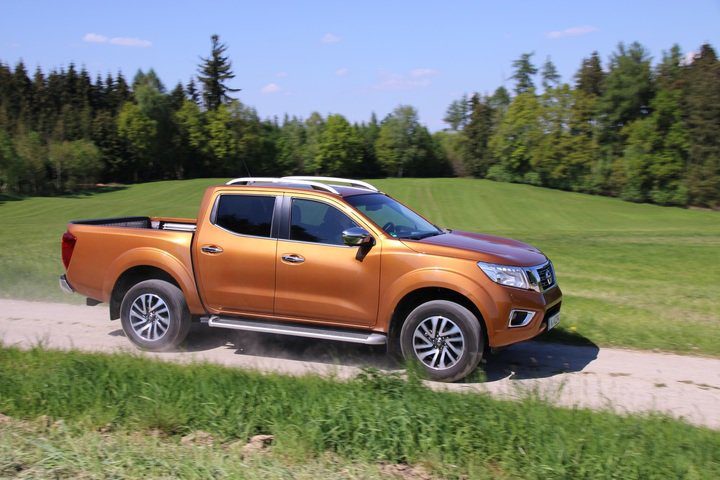Many individuals use their own vehicles for work or business purposes, for example, Uber drivers and sole traders. If this is you, then you may be able to claim certain expenses when lodging your tax return.
There are car-related expenses that can be claimed and some that cannot. In most cases, you will be able to claim at least some basic expenses.
Who can claim a Motor Vehicle Tax Deduction for car expenses?
You can claim a tax deduction if you are using a vehicle that you own or lease, to do work or business-related activities. By owning or leasing a vehicle, it means that you have made a financial input to the purchase or lease. Whether it be cash or finance.
However, the ATO will still consider your claim even if you own the car as a result of family donation or private arrangement. Even if you are not the registered owner of the vehicle. If the car was given to you as a present, then you can claim a tax deduction on it.
Which car expenses are eligible and not eligible for Motor Vehicle Tax Deduction?
Basically, all the expenses incurred while using your own car to perform tasks for your work or business are eligible for tax deduction. These tasks include the following:
- Attending conferences, business meetings, or events that are necessary for your position
- Travelling back and forth between two business locations (if you have a second job)
- Transporting deliveries for your employer or business
- Picking-up inventories from a supplier or company warehouse
- Loading of small machines, tools, and equipment required for your job (if your business does not have storage space)
- Travelling to an alternative workplace from your home or the primary work location
- Other tasks that require travelling to places, like bank transactions
Some of the car expenses that you can claim when lodging personal or business tax include fuel, cleaning costs, repairs, maintenance, rental fees, and depreciation expense. However, make sure expenses related to the purchase or improvement of the vehicle cannot be included in the claim.
Expenses incurred while using the car privately are not covered. This includes the drive from your home to the work location and vice versa. Remember that this applies even if you are performing an official task on the way to work or home, driving back to work from a family emergency or personal errand, or travelling home after an overtime work.
What are the ways to claim a Motor Vehicle Tax Deduction for car expenses?
The federal government trimmed down the claiming methods to two: the logbook method and cents per kilometre method. There used to be a ‘one-third of actual expenses method’ and a ‘12% of original value method’ but they were ended back in July 2015. Below are the ways on how to claim for motor vehicle expenses using the two methods.
1. Logbook Method
With this method, you need to track of the car-related expenses for 12 weeks in a log book, which will determine the business-usage percentage of the expenses. The tax deduction that you can claim is going to be based on this business-usage percentage. All business or work-related travels must be recorded in the log book. This includes the start and end dates of the logbook, the starting and ending odometer readings, the total kilometres, and the business-use percentage from the 12-week period.
The individual travel or journey must have a start and finish time log and odometer readings, plus the total distance journeyed and the reason for the business travel you made. Ensure that you keep all the receipts for the expenses incurred within the set period including cleaning and servicing. For the depreciation expense, you will need to keep the purchase details of your car or its tax invoice to calculate 25% of the purchase value.
2. Cents Per Kilometer Method
With this method, you can claim up to 5,000 kilometres each year. This is how to calculate it . Firstly determine the total kilometres of the business or work-related travels you have made. Then multiply it by the fixed-rate per kilometre, which is 66 cents. The fixed-rate is represented by depreciation and other car expenses. The maximum travel distance of 5,000 kilometres will result in $3,300 highest claimable tax deduction.
You don’t need to keep receipts and other evidence to prove the total kilometres travelled by your vehicle. Just a handwritten record of the business journeys If you work for ride-sharing companies like Uber, asking for official logs will be a great help.
Note that if the same car is used by two individuals for separate jobs or Businesses, each one can claim up to 5,000 kilometres.
Which method is better for claiming a motor vehicle tax deduction?
The answer really depends on your willingness to maintain a complete log of car expenses for a 12-week period. The logbook method is ideal because there is no limit to the tax deduction that you can claim, unlike the Cents per Kilometer Method which has a maximum of $3,300 only. However, the latter is much easier to do and more practical for busy individuals.
Whichever method you choose, it’s important you keep your travel records well, so you can maximize your claims for a motor vehicle tax deduction.
If you need any help with your business finance, Give us a call on 1300 003 003 or apply online.



